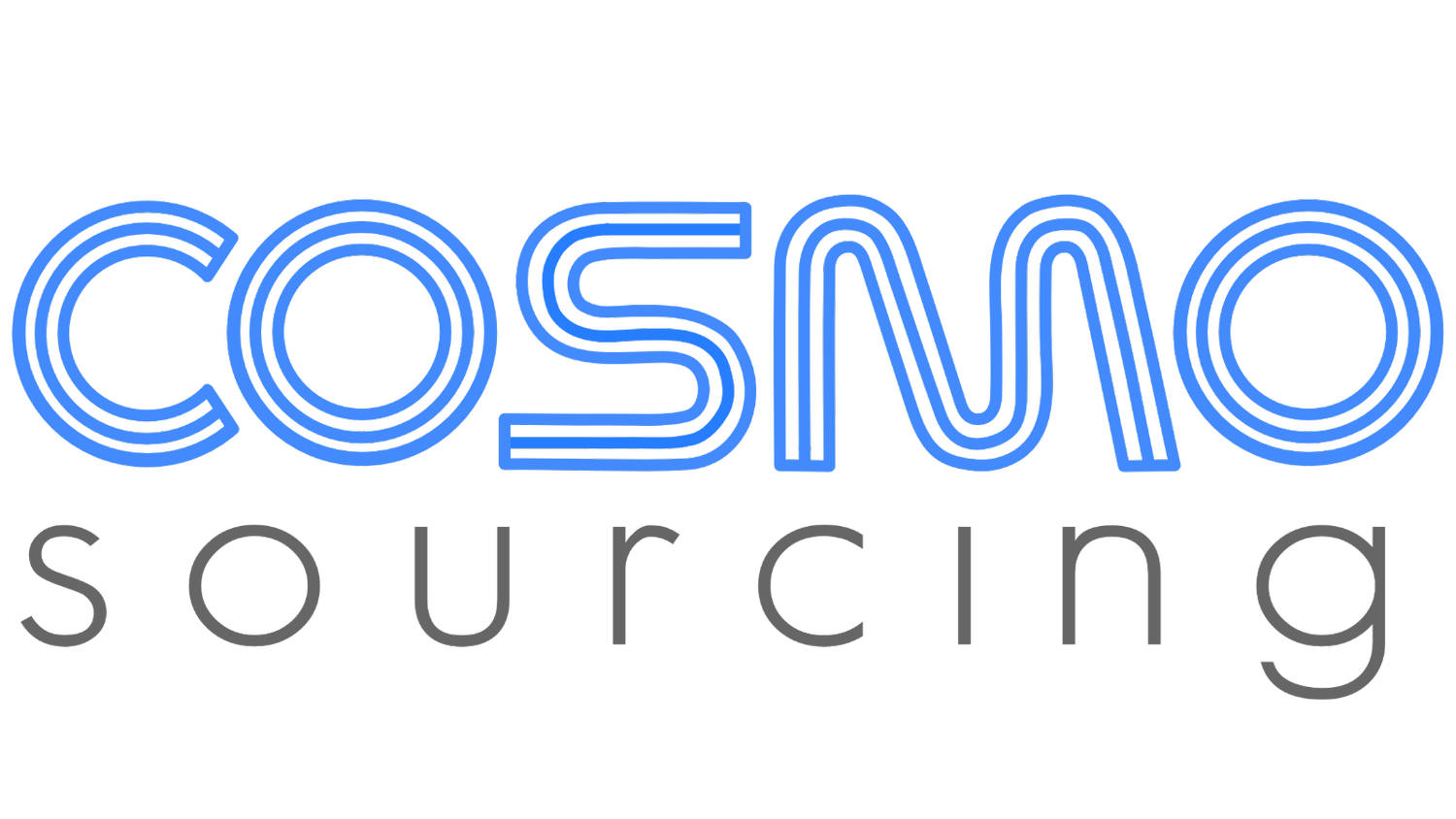Procurement Terms: RFQ, RFP, RFT, and RFI Defined
Understanding RFQ, RFP, RFT, and RFI in Procurement and Sourcing
Communication between buyers and suppliers is essential for efficient sourcing and contract negotiation in procurement. Standardized requests such as RFQ, RFP, RFT, and RFI are commonly used to facilitate this process. These procurement terms serve as structured methods for soliciting information, pricing, and supplier proposals.
Understanding these different types of requests is crucial for businesses engaged in procurement. Whether you are gathering preliminary supplier information, requesting pricing, evaluating proposals, or running a competitive bidding process, choosing the right request type ensures effective supplier engagement and smooth decision-making. This guide outlines these terms’ purpose, use cases, and key differences.
Procurement Request Types: A Quick Reference
| Request Type | Full Name | Primary Purpose | When to Use |
|---|---|---|---|
| RFI | Request for Information | Gather preliminary supplier intelligence | Early market research; supplier capability assessment |
| RFQ | Request for Quotation | Obtain pricing for well-defined requirements | When specifications are clear and price comparison is primary |
| RFT | Request for Tender | Solicit competitive bids for specified requirements | Formal procurement with strict evaluation criteria |
| RFP | Request for Proposal | Seek comprehensive solutions with supplier expertise | Complex needs requiring innovative approaches |
RFI: Request for Information
Purpose
An RFI is your initial market research tool. It is designed to collect valuable intelligence about potential suppliers without committing to a purchase.
When to Deploy an RFI
During preliminary market exploration of new product categories
Before finalizing requirements when supplier input could be valuable
To assess supplier capabilities, technologies, and innovations
To build a qualified supplier database for future procurement activities
Essential Components
Company profile and operational capabilities
Manufacturing facilities and production capacity
Quality management systems and certifications
Client portfolio and industry experience
Geographic coverage and supply chain infrastructure
Initial feasibility assessment without pricing details
Strategic Value: An effective RFI establishes a knowledge foundation that informs specification development and shapes subsequent procurement activities.
RFQ: Request for Quotation
Purpose
The RFQ is procurement's workhorse—a straightforward mechanism for soliciting pricing when requirements are clearly defined and standardized.
When to Deploy an RFQ
For commoditized products with established specifications
When price comparison is the primary selection criterion
For repeat purchases where requirements remain consistent
When timing is critical, and a streamlined process is necessary
Essential Components
Detailed technical specifications and material requirements
Precise quantity requirements and volume considerations
Delivery timeline and logistics expectations
Quality standards and compliance requirements
Payment terms and contractual conditions
Evaluation criteria with emphasis on pricing structure
Strategic Value: An RFQ drives competitive pricing while maintaining quality standards, particularly effective for standardized products and services.
RFT: Request for Tender
Purpose
An RFT establishes a formal, structured bidding process with comprehensive evaluation criteria. It is often employed in public sector procurement and large-scale projects.
When to Deploy an RFT
For high-value contracts requiring maximum transparency
When regulatory compliance mandates formal bidding procedures
For complex projects with substantial technical requirements
When selecting long-term strategic suppliers
Essential Components
Exhaustive technical and functional specifications
Formal submission requirements and deadline structures
Compliance documentation and certification requirements
Evaluation methodology and scoring framework
Legal terms and regulatory compliance expectations
Performance guarantees and contractual safeguards
Strategic Value: An RFT ensures fairness, transparency, and value-for-money while meeting governance requirements in high-stakes procurement scenarios.
RFP: Request for Proposal
Purpose
The RFP invites suppliers to propose comprehensive solutions, valuing their expertise and innovation in addressing complex business needs.
When to Deploy an RFP
When seeking innovative approaches to business challenges
For projects where requirements cannot be fully predetermined
When supplier expertise significantly impacts outcomes
For strategic partnerships beyond transactional relationships
Essential Components
Business objectives and desired outcomes
Functional requirements with performance expectations
Evaluation criteria balancing technical merit and cost
Timeline for implementation and milestone expectations
Required supplier qualifications and experience
Proposal format and submission instructions
Strategic Value: An RFP harnesses supplier innovation and expertise to develop optimal solutions for complex requirements while maintaining competitive tension.
Strategic Selection Guide
Choosing the right procurement request format depends on several factors:
Knowledge of Requirements
Well-defined specifications → RFQ or RFT
Evolving or complex needs → RFI followed by RFP
Market Engagement Level
Initial research → RFI
Direct pricing → RFQ
Comprehensive solution → RFP
Formal bidding → RFT
Evaluation Priorities
Price-focused → RFQ
Solution-focused → RFP
Compliance-focused → RFT
Capability-focused → RFI
Procurement Value and Complexity
High-value, high-risk → RFP or RFT with preceding RFI
Medium-value, standard items → RFQ
Low-value, new category → RFI followed by RFQ
Conclusion
Mastering these procurement instruments enables organizations to optimize their supplier engagement strategy. By selecting the appropriate request format, procurement professionals can drive value beyond mere cost savings—establishing strategic supplier relationships, fostering innovation, and ensuring operational excellence.
RFQs may form the cornerstone of their procurement toolkit for smaller organizations, occasionally supplemented by RFIs for new categories. Larger enterprises with complex needs will benefit from deploying the full spectrum of request formats, strategically sequencing them to progress from information gathering to supplier selection.
By effectively leveraging these standardized communication tools, procurement teams can transform transactional purchasing into strategic value creation, ultimately contributing to organizational success and competitive advantage.

